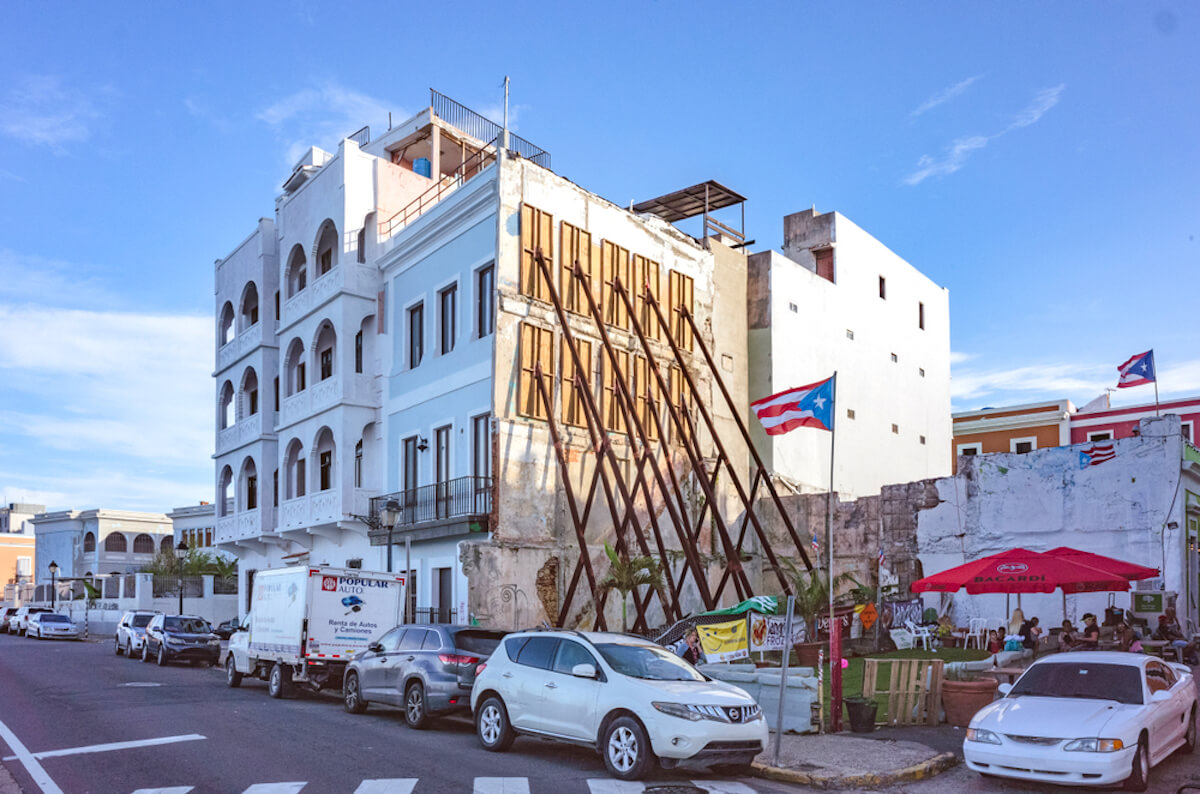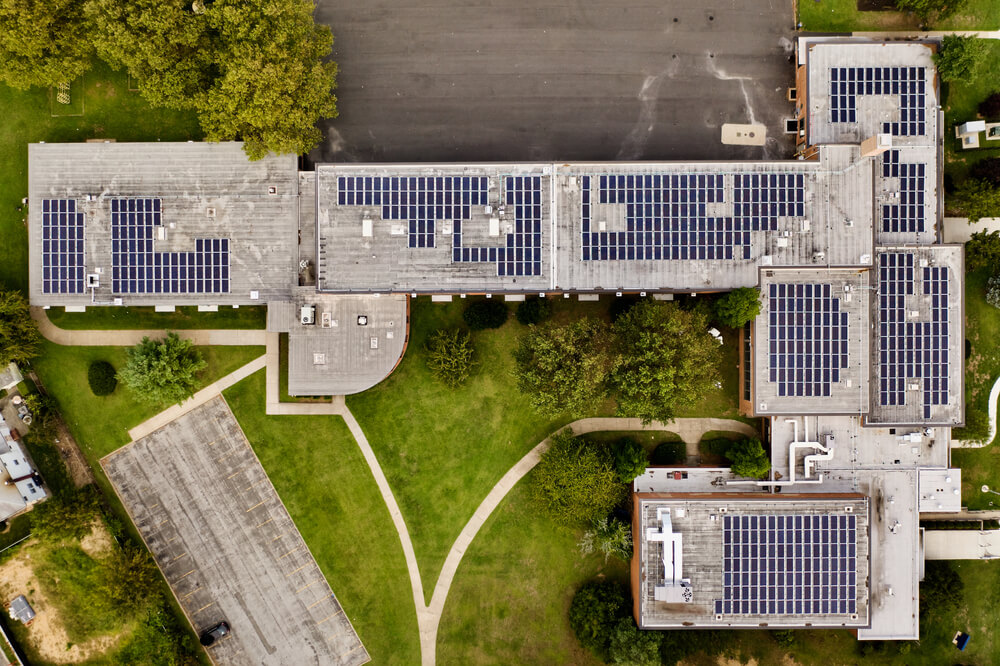To successfully address the global crises we face, we must close the distance between investment and impact. As the need to deploy more capital while achieving more impact becomes more urgent, it is up to funders and investors to make choices that close this distance.
At Open Road, we believe that one of these necessary choices is putting a focus on preserving impact as the primary lens for seeking a financial return. We believe in investing for impact, rather than simply investing with impact. In other words, as a lender, not only do we exclusively lend to companies that are themselves impact-focused, but when pricing our loans to make a profit, we do so in a way that favors impact over maximizing profits. This approach is similar to Ceniarth’s ‘impact-first capital preservation’ strategy or ‘impact-first impact investing,’ an idea – which, while not new to us – has gained a new following with a recent report by the Bridgespan Group.
These ‘impact-first’ strategies revisit, in many ways, the age-old debate about concessionary returns in impact investing. Can impact-focused companies generate ‘market-rate’ returns for investors? And if so, should self-labelled impact investors even be seeking these ‘market-rate’ returns?
As we know, just because one chooses to put impact first does not mean financial returns can’t exist. But are these financial returns ‘market-rate’? And what about the ‘impact returns’ of these investments, are those market-rate too?
Capital preservation
In 2019, we launched the Open Road Impact Fund – our first fund open to outside investors that offers access to high-impact investments across multiple geographies while also providing a financial return. For each dollar invested, the Impact Fund returns $9 in impact. Beyond keeping impact on track and generating a 9x ‘impact return’, the Impact Fund is also designed to provide investors with a stable two to four percent financial return on their investment – a rate in line with capital preservation needs.
At face value, this investment, when described as an ‘impact investment,’ is automatically labelled as ‘below-market-rate.’ It’s not. As any high-net-worth individual, endowment, or family office with an extensive portfolio will confirm, there is always a slice of their investments that are intentionally generating smaller returns because they are considered capital preservation. A two to four percent return isn’t concessionary when it comes to capital preservation – it’s market-rate. To fully embrace any impact-investing portfolio – whether your goal, like Ceniarth’s, is to simply maintain existing assets or to grow your overall asset base – we need to redefine what investing for impact looks like in every layer of our portfolio, including those intentionally designed for lower financial returns.
As more investors shift to 100% mission-aligned investing, they should examine the portion of their portfolios designated for capital preservation. If the idea is to put all of an investor’s money into working for good, then investors need to seek out impact-driven options for delivering capital preservation in order for their portfolios to truly be mission-aligned.
We’ve previously said that resilience is the new ROI for impact investing. The sustainable growth of the social sector depends on investors expanding the places where impact sits in their portfolios. Whether you are impact-first or investment-first, there is a place for impact to sit throughout our portfolios and in every range of financial returns that the market has to offer.
Maya Winkelstein is Chief Executive Officer of Open Road Alliance.











